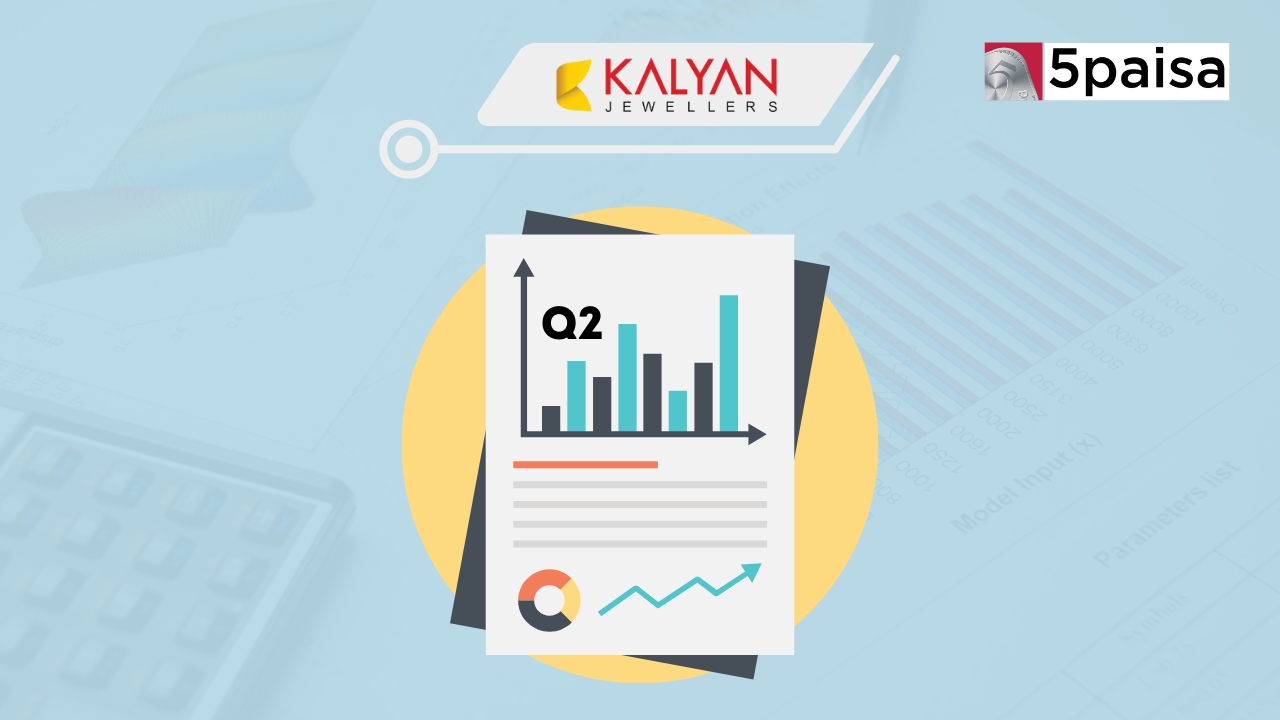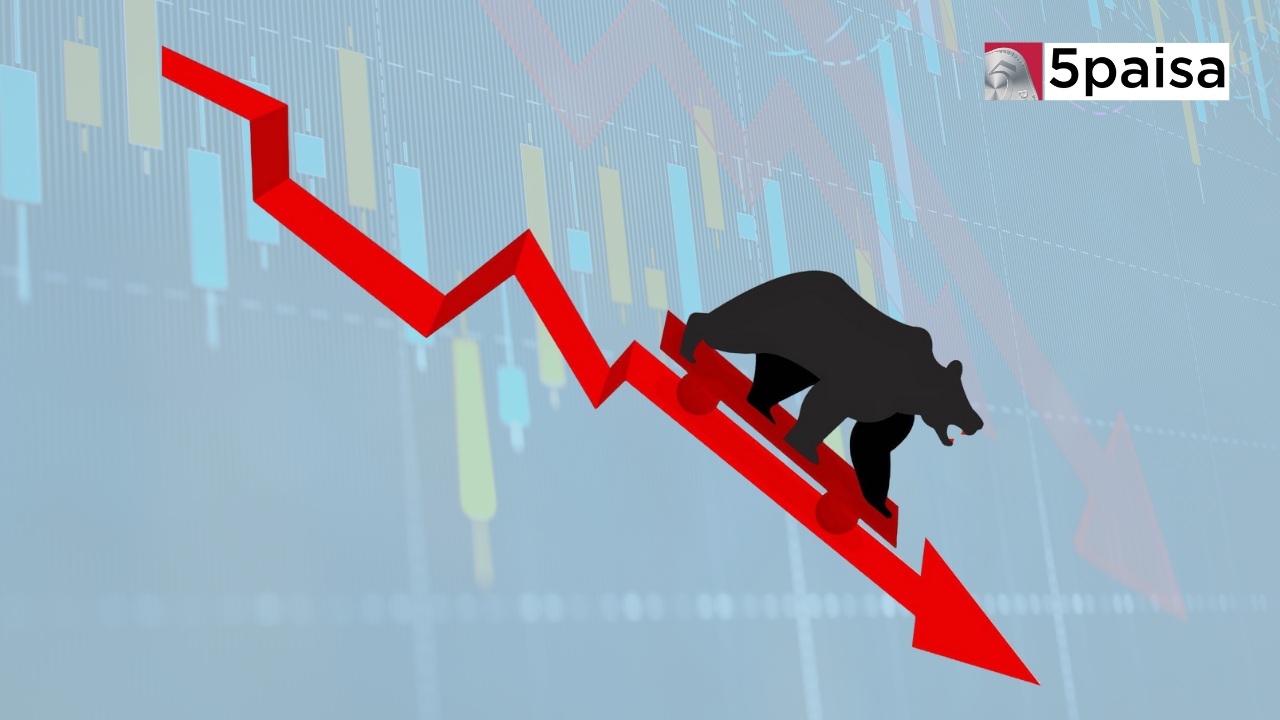NSE to Launch F&O Contracts on 45 New Stocks Starting November 29th
Top Sectors that drove Stocks in Fiscal Year FY23

Last Updated: 3rd April 2023 - 11:55 am
The month of March 2023 also saw the official end of the financial year 2022-23. How have the stock markets performed in FY23. We look at direct point to point returns between 31st March 2022 and 31st March 2023. The table below captures the annual returns of the four key generic indices.
|
Index Name |
Index Theme |
FY23 Returns (%) |
|
Nifty 50 Index |
Large Cap Diversified |
-0.60% |
|
BSE Sensex |
Large Cap Diversified |
+0.72% |
|
Mid Cap Index |
Mid-cap focussed |
+1.15% |
|
Small Cap Index |
Small-cap focussed |
-13.81% |
Clearly, the Nifty and the Sensex, the two major generic indices have not gone anywhere. The Sensex may be up and Nifty may be down for the year, but that is more of a statistical aberration due to some index constituent differences. However, the deep cuts are visible in the small cap index in FY23, which lost 13.8% during the year. The year was dominated by several domestic and global macros, but we will come to that later. First, let us look at the sectors that actually triggered the move in the Nifty over the last 1 year i.e., in FY23.
Sectors FY23: The stars and the laggards
The Nifty ended FY23 with negative returns of -0.6%, but if you look at the underlying mix of sectors, they were fairly spread out among deep gainers and deep losers. Out of the 16 sectors assessed in FY23, 7 sectors gave returns that were better than the Nifty while 9 sectors actually underperformed the Nifty, so it is a fairly even-stevens game. The table captures the best and worst performing sectors that triggered market performance in FY23.
|
Sector / Index |
FY23 Returns (%) |
|
Defence |
48.59% |
|
PSU Banks |
36.34% |
|
FMCG |
26.50% |
|
Automobiles |
16.03% |
|
Private Banks |
11.93% |
|
Logistics |
9.74% |
|
Infrastructure |
1.44% |
|
Housing |
-1.93% |
|
Commodities |
-7.36% |
|
Oil & Gas |
-9.12% |
|
Consumer Durables |
-11.44% |
|
Pharmaceuticals |
-11.54% |
|
Metals |
-14.42% |
|
Realty |
-16.44% |
|
Digital |
-20.00% |
|
Information Technology (IT) |
-20.98% |
What do we read from the sectoral returns table above. The positive and negative performers in FY23 were fairly diverse and deep. The sectoral returns range from a high of 48.6% for defence to a low of -20.98% returns for Information Technology. Let us first look at the positive side of the FY23 story. The big positive performance came from Defence at 48.6% returns in FY23. Government farming out more orders to the Indian defence sector has bene a game changer. Similarly, PSU banks gained 36.3% after they found themselves in a sweet spot with loan yields growing much faster than cost of deposits, albeit for now. In addition, FMCG sector and the auto sector also saw some defensive buying as well as buying on the hope that consumption would mark a revival in Indian economy in the year.
Let us now turn to the sectors that underperformed the Nifty in a big way. Not surprisingly, the tech twins of IT and digital fell more than 20% for the year. The IT sector is facing the direct and immediate impact of an expected slowdown in key markets like the US, UK, and Europe and that is showing in order sizes, fresh orders, and order margins. With rising rates, the realty sector stocks came under a lot of strain, despite indications of robust retail demand for houses. Metals came under pressure in the year due to factors like rising cost of inputs, rising operating costs, higher cost of funding and weak metal prices on the London Metals Exchange. The pricing power was missing for the metal companies.
Global and domestic factors that drove markets in FY23
The diverse movement of the sectors in FY23 was due to a mix of global and domestic factors during the year. Let us start with the global factors and then move over to the domestic factors.
-
Firstly, Fed hawkishness still remains a major issue for the domestic markets in India, largely due to market sentiment factors and FPI flow factors. Between March 2022 and March 2023, the US Federal Reserve has hiked rates from the range of 0.00%-0.25% to the range of 4.75%-5.00%. That puts pressure on bond yields and valuations. In addition, the tapering of the bond buying program is also instrumental in sucking out liquidity from the system. That means, most passive funds have less investable surplus to spare.
-
As global inflation remains a challenge, imported inflation has been a major issue for India with its massive trade deficit of close to $250 billion. The US consumer inflation is falling but yet to show signs of coming down meaningfully. As long as global inflation is high, that gets translated into imported inflation for India and into a weaker rupee. That can change only if global inflation comes under control.
-
The new joker in the pack has been the global banking crisis, which erupted since the beginning of March 2023. It began with the collapse of Silicon Valley Bank, which was followed by Signature Bank. In Europe, the forced sale of Credit Suisse to UBS has been another dampener for banking and financial stocks and that is also weighing on the stock markets in a big way.
-
Turning to the domestic front, a combination of sticky inflation and FPI outflows have been the reason for the volatility in the markets in FY23. WPI inflation in India has come down but CPI remains sticky. With lower food output in 2022, the food inflation problem has become more acute. In FY23, FPI outflows stood at Rs. 40,936 crore; on top of Rs. 122,242 crore outflows in FY22. FPI selling has continued in year 2023 also.
-
Finally, the domestic challenges are also manifested in the income statements and the balance sheet of Indian companies. While input costs have tapered in the December 2022 quarter, interest cost has had a negative impact on net profit margins as well as on the interest coverage. That remains a challenge for solvency of Indian companies.
The year FY23 may have been uneventful in terms of overall returns on the Nifty and Sensex. However, the underlying turmoil cannot be missed. In addition, FY24 begins with a lot of global uncertainty over central bank policy and the global banking crisis. Perhaps, inflation could hold the key to FY24.
Trending on 5paisa
Discover more of what matters to you.
Indian Market Related Articles
Disclaimer: Investment in securities market are subject to market risks, read all the related documents carefully before investing. For detailed disclaimer please Click here.
 5paisa Research Team
5paisa Research Team





